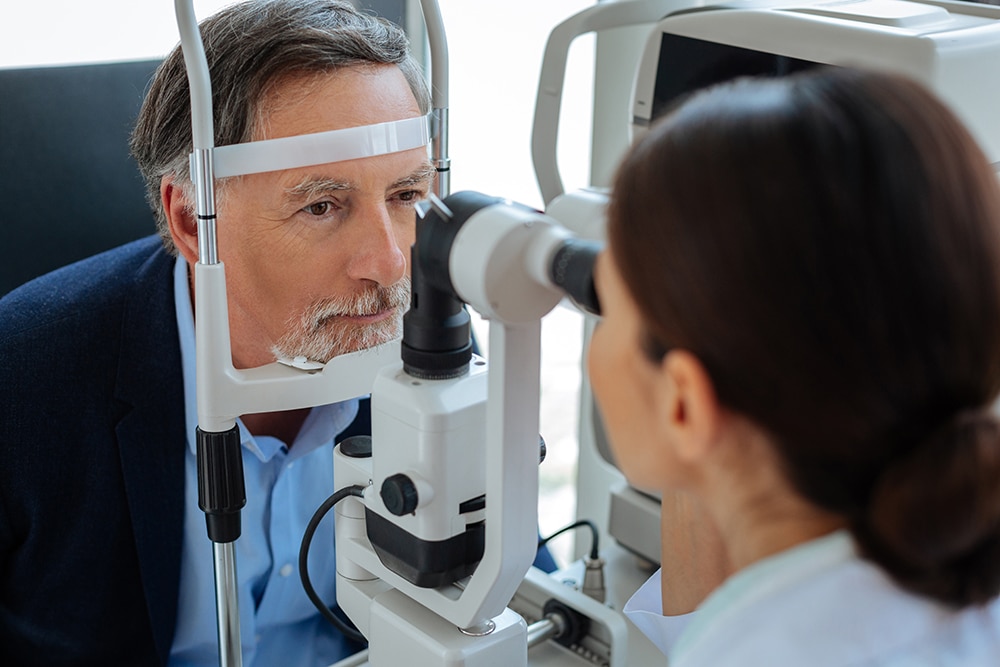Cataract
Surgery
Cataract surgery is a quick and safe procedure that replaces the blurry, cloudy lens in your eye with a clear one.
What is Cataract Surgery?
Cataract surgery and removal may be necessary when the lens inside your eye has become hardened and cloudy from the formation of a cataract. During surgery, the cloudy lens is removed and replaced with an artificial lens called an intraocular lens (IOL) to clear your vision.
The procedure is performed outpatient at one of our ambulatory surgical centers using local anesthesia and does not require an overnight hospital stay.
What Conditions Does Cataract Surgery Treat?
We guide people through their cataract journey every day, helping them break free from the distractions and limitations of vision problems such as:
- Astigmatism occurs when the cornea or lens has an irregular shape, leading to blurry or distorted vision. A toric intraocular lens (IOL) placed during cataract surgery can correct this irregularity and give you sharper distance vision.
- Presbyopia is the age-related loss of near focusing ability, making it harder to read or see up close. Advanced technology lenses — such as multifocal, trifocal, or extended focus IOLs — can reduce or eliminate your dependence on reading glasses or bifocals.
- Hyperopia causes difficulty seeing objects up close, while distance vision may remain clearer. Cataract surgery with the right IOL choice can correct hyperopia, helping you see better at all distances without the need for glasses or contact lenses.
- Blurry or Hazy Vision from Cataracts: Cataracts themselves cause vision to appear cloudy, dim, or yellowed, and can make colors seem faded. Cataract surgery restores brightness and clarity by replacing the cloudy lens with a clear artificial one.
- Frequent Prescription Changes – Cataracts can cause your glasses prescription to change often. Surgery stops this cycle by removing the source of those changes — the clouded lens.

Advances in Cataract Surgery
Today’s lens replacement patient demands excellent vision after surgery. Previous lens replacement surgery technologies provided only one focal point: distance, leaving people dependent upon reading glasses or bifocals. Recent advancements in multifocal technology now make it possible for you to read the words on prescription bottles, magazines, newspapers, and computer screens without magnifying glasses or bifocals (even trifocals) while still clearly seeing objects at a distance.

What to Expect After Cataract Surgery
Cataract surgery recovery is generally quick and easy. Most patients notice an improvement in vision within a few days, though it may take a few weeks for your vision to fully stabilize.
After the procedure, you’ll go home the same day with a protective eye covering and detailed instructions for using eye drops to prevent infection and reduce inflammation. It’s important to avoid heavy lifting, bending over, or rubbing your eye for a short time to allow healing.






